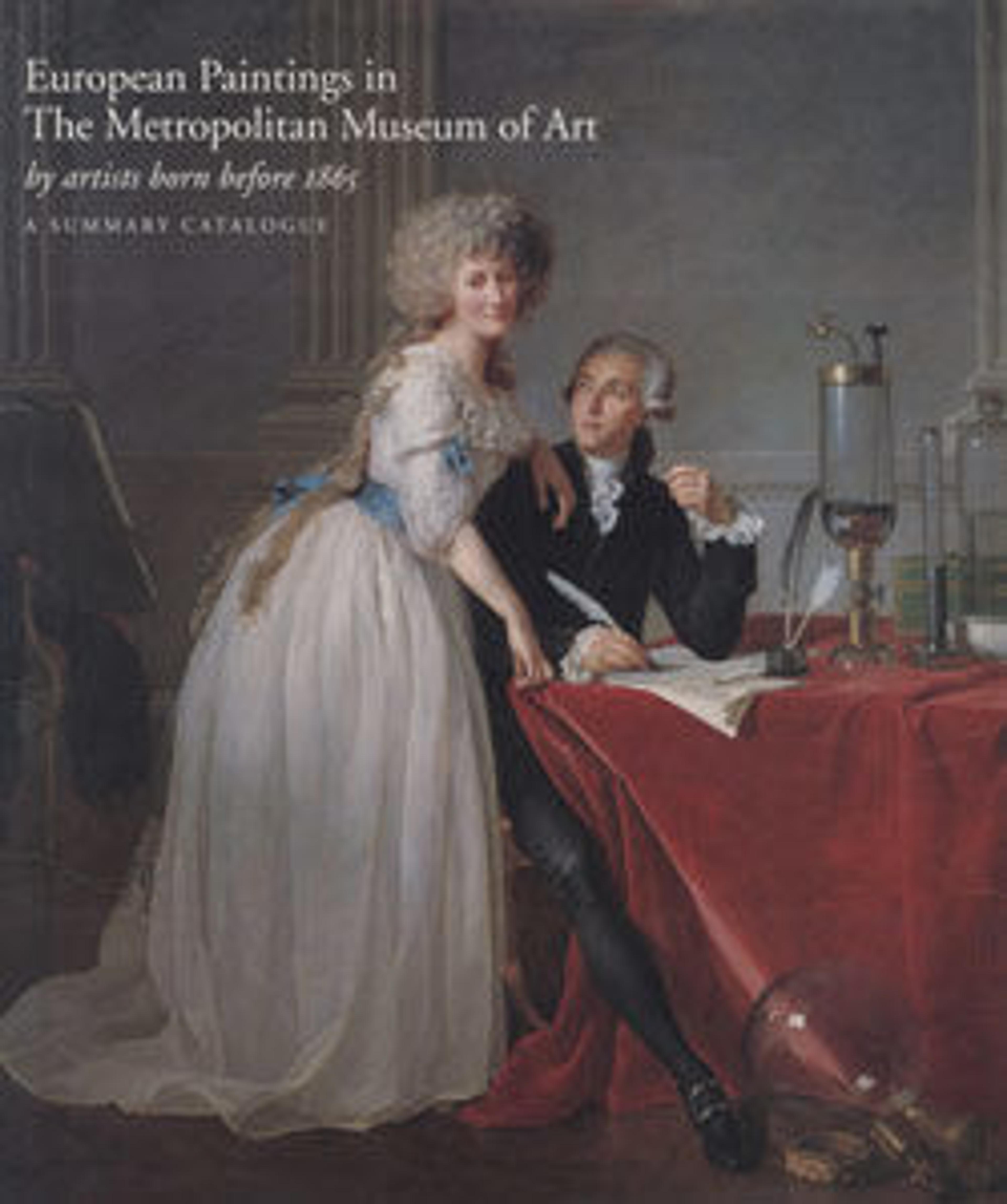The Third Duke of Dorset's Hunter with a Groom and a Dog
Stubbs's cool and accurate portraits of wild animals, dogs, and most notably horses appealed to prominent sporting enthusiasts; he was also a gifted landscape painter. Although he received little critical attention from his contemporaries, Stubbs is now regarded as one of the most innovative English artists of the eighteenth century. Here, the Duke of Dorset’s horse dominates the picture, dwarfing his groom, in a telling expression of artistic and social priorities.
Artwork Details
- Title: The Third Duke of Dorset's Hunter with a Groom and a Dog
- Artist: George Stubbs (British, Liverpool 1724–1806 London)
- Date: 1768
- Medium: Oil on canvas
- Dimensions: 40 x 49 3/4 in. (101.6 x 126.4 cm)
- Classification: Paintings
- Credit Line: Bequest of Mrs. Paul Moore, 1980
- Object Number: 1980.468
- Curatorial Department: European Paintings
More Artwork
Research Resources
The Met provides unparalleled resources for research and welcomes an international community of students and scholars. The Met's Open Access API is where creators and researchers can connect to the The Met collection. Open Access data and public domain images are available for unrestricted commercial and noncommercial use without permission or fee.
To request images under copyright and other restrictions, please use this Image Request form.
Feedback
We continue to research and examine historical and cultural context for objects in The Met collection. If you have comments or questions about this object record, please contact us using the form below. The Museum looks forward to receiving your comments.
